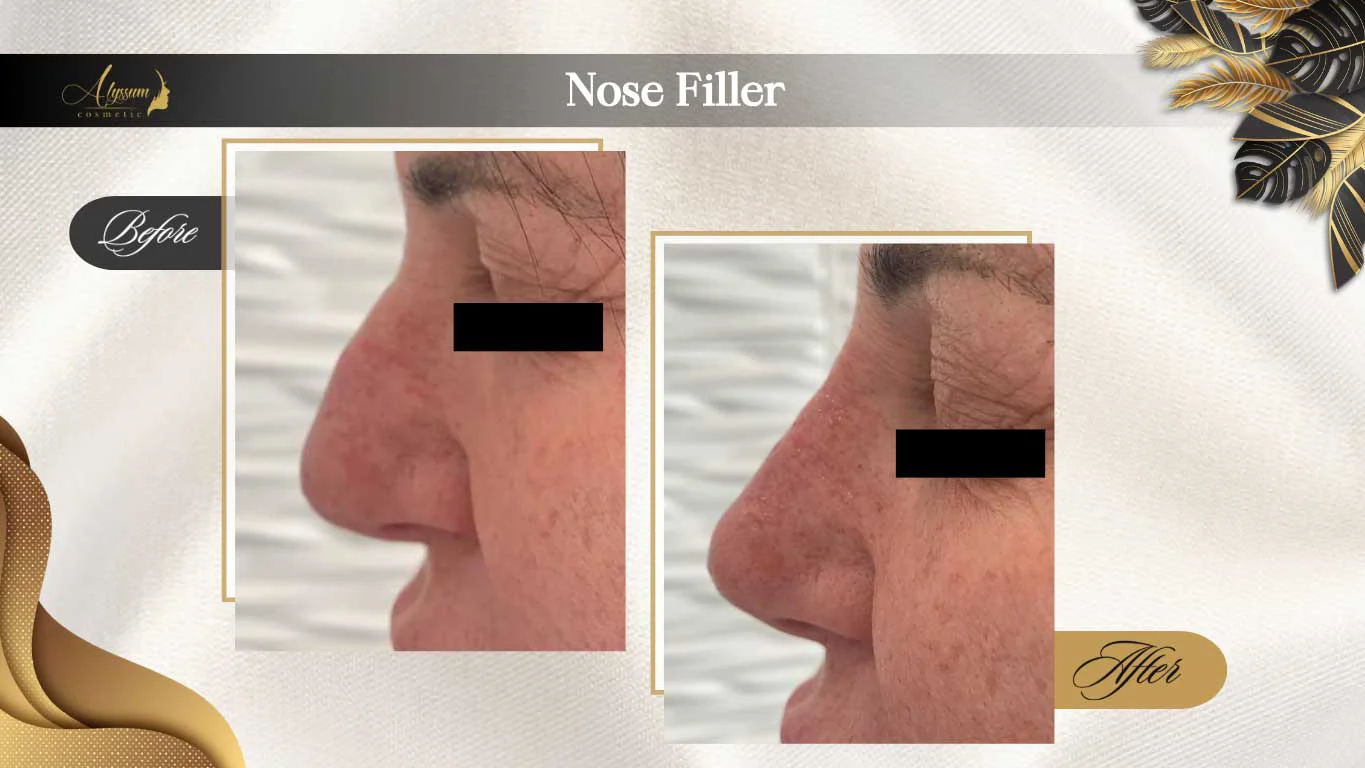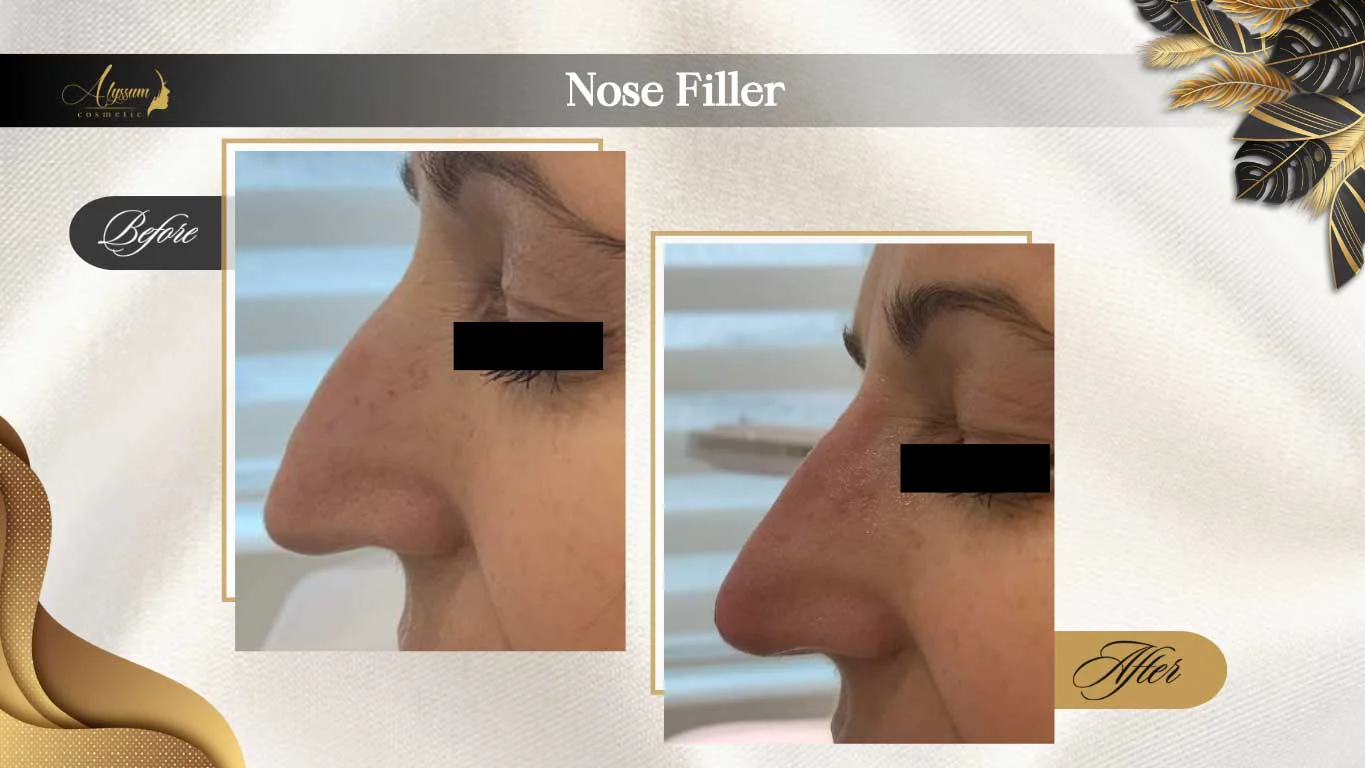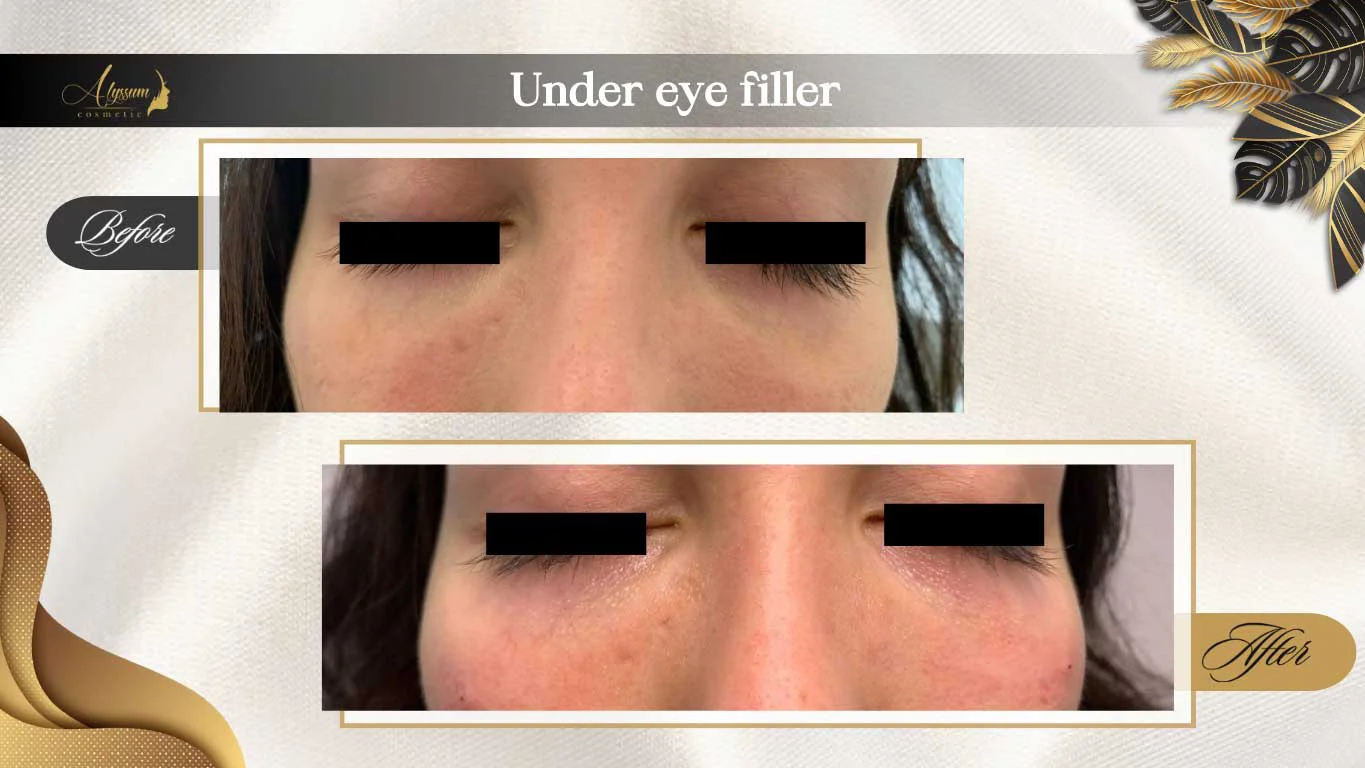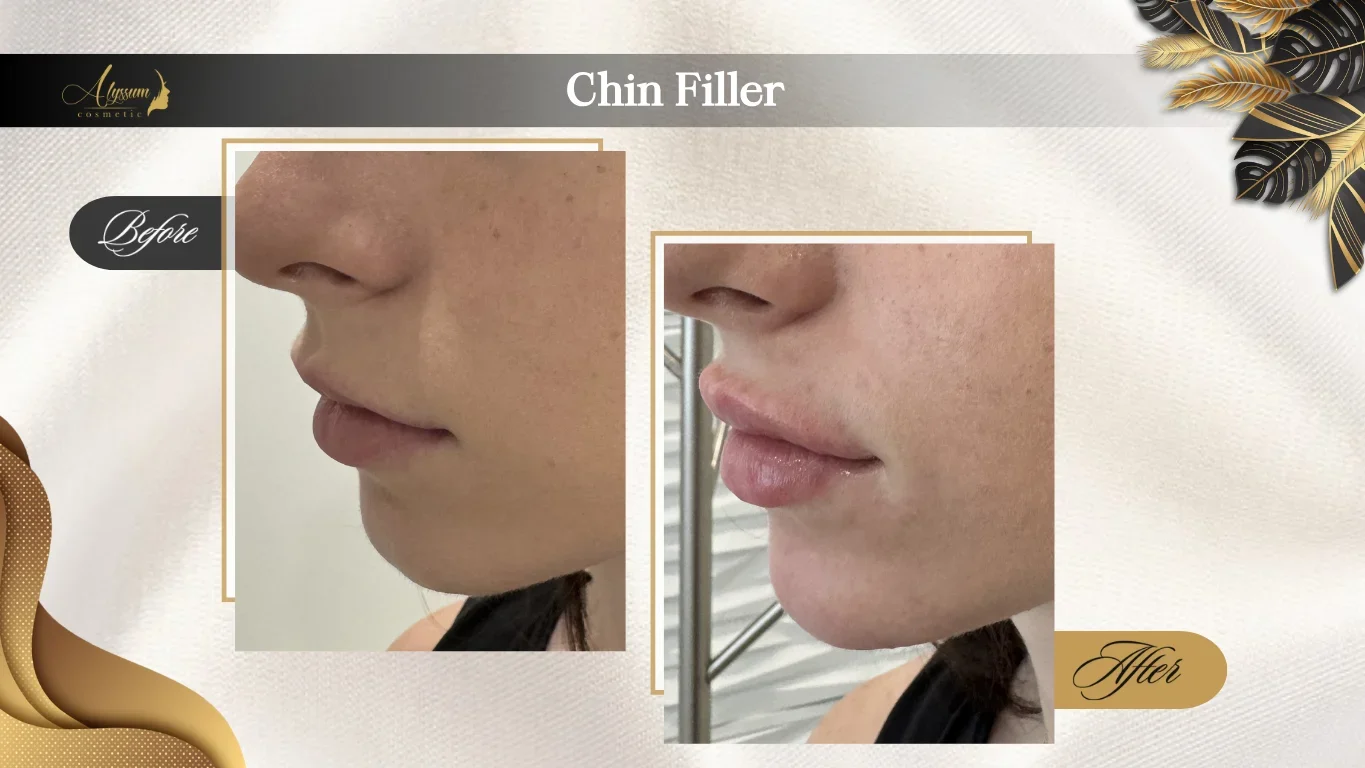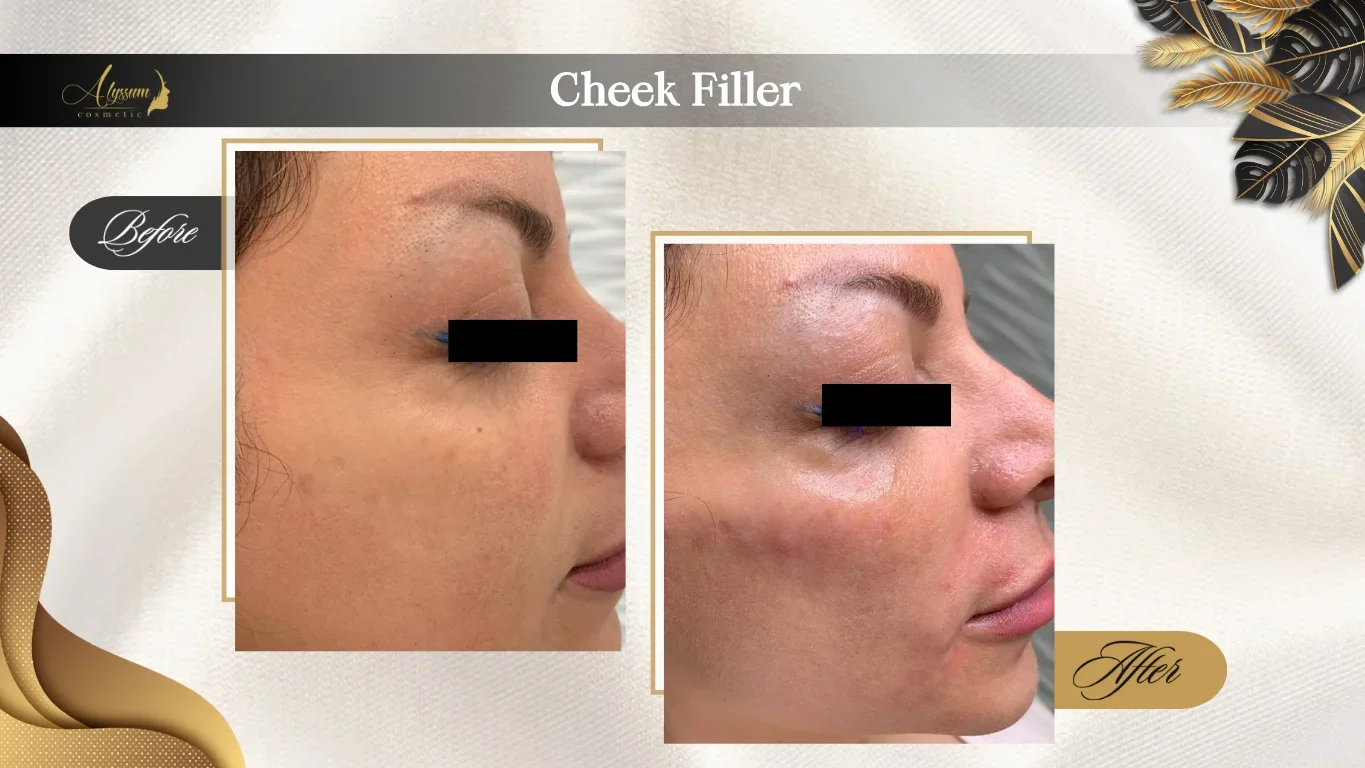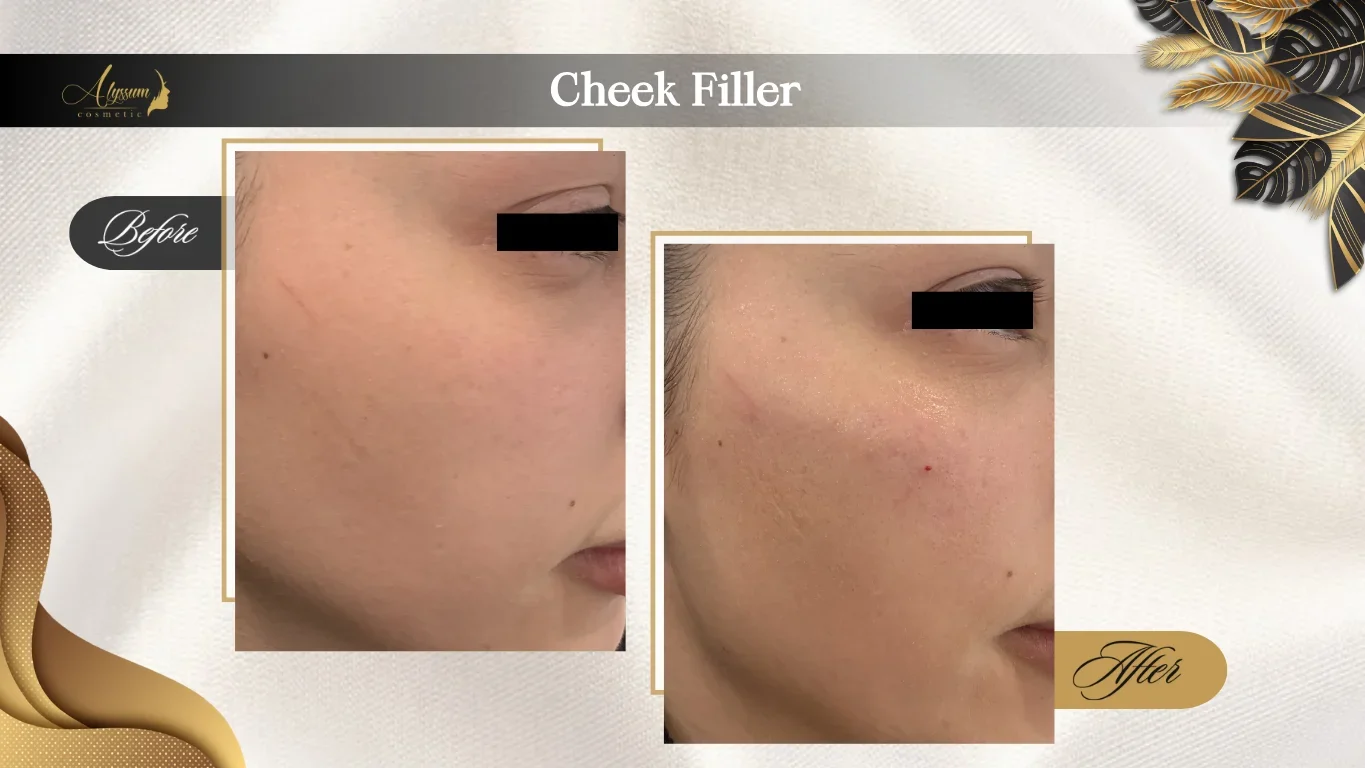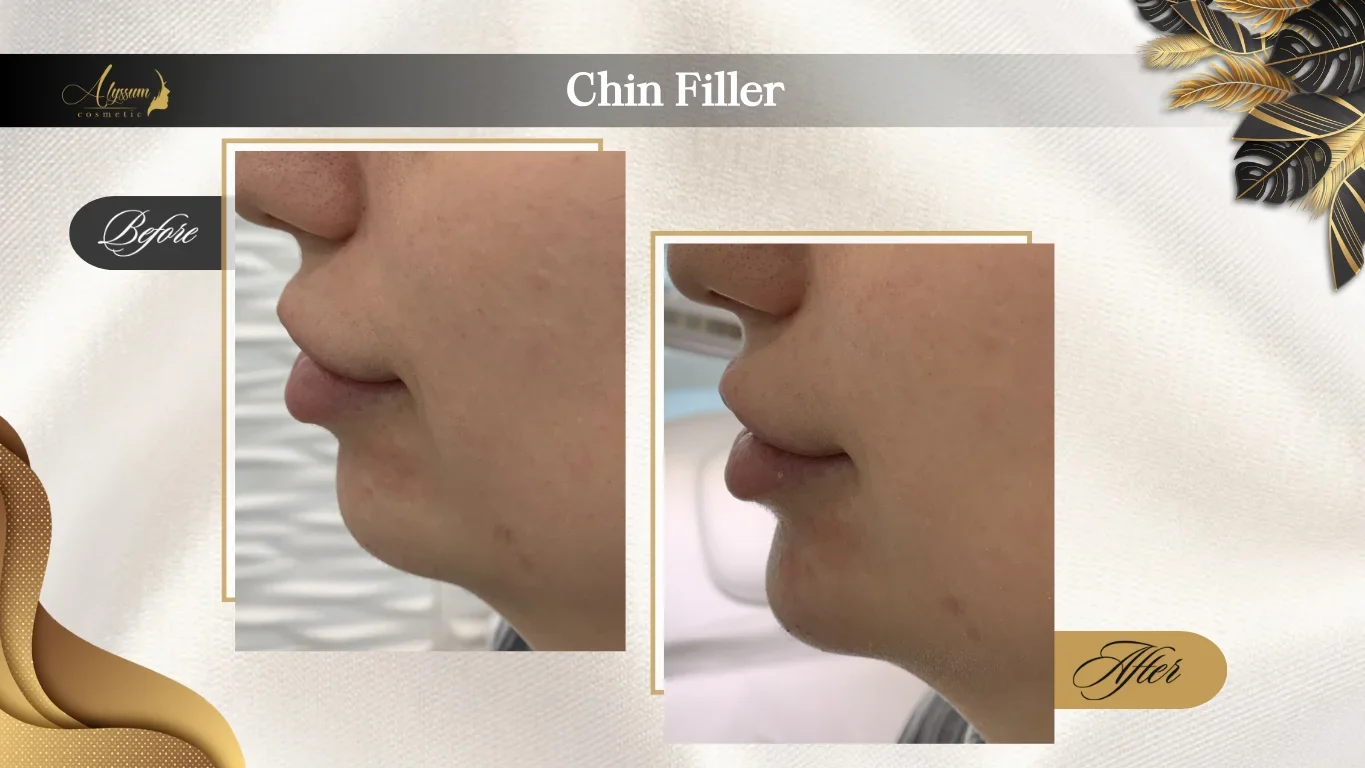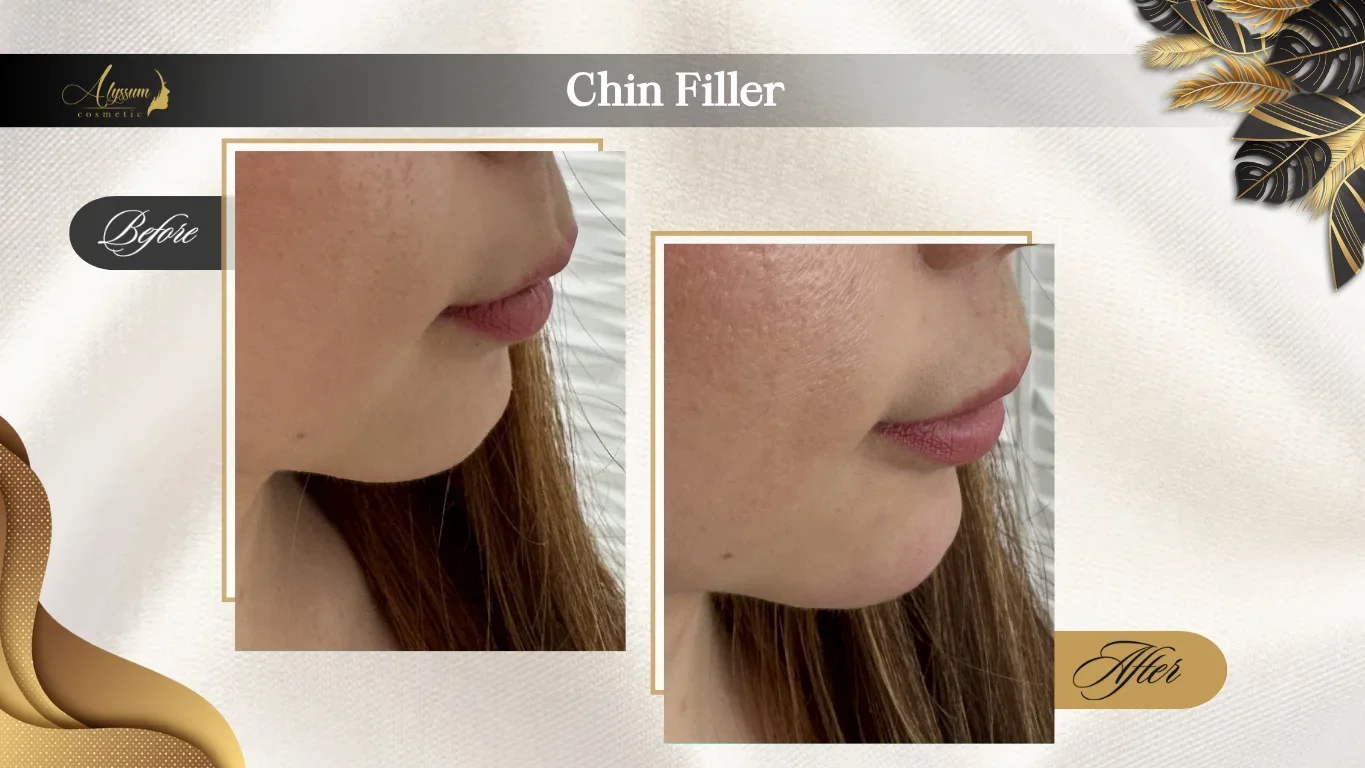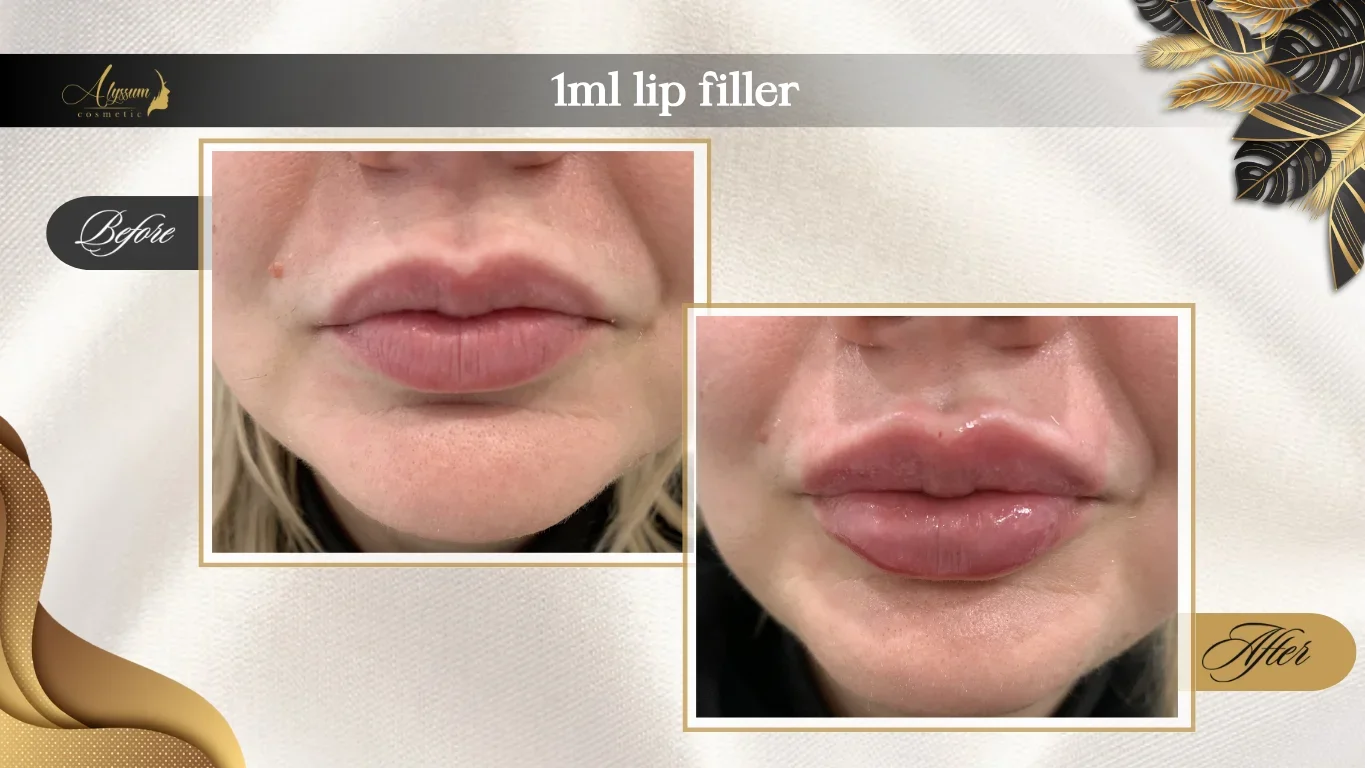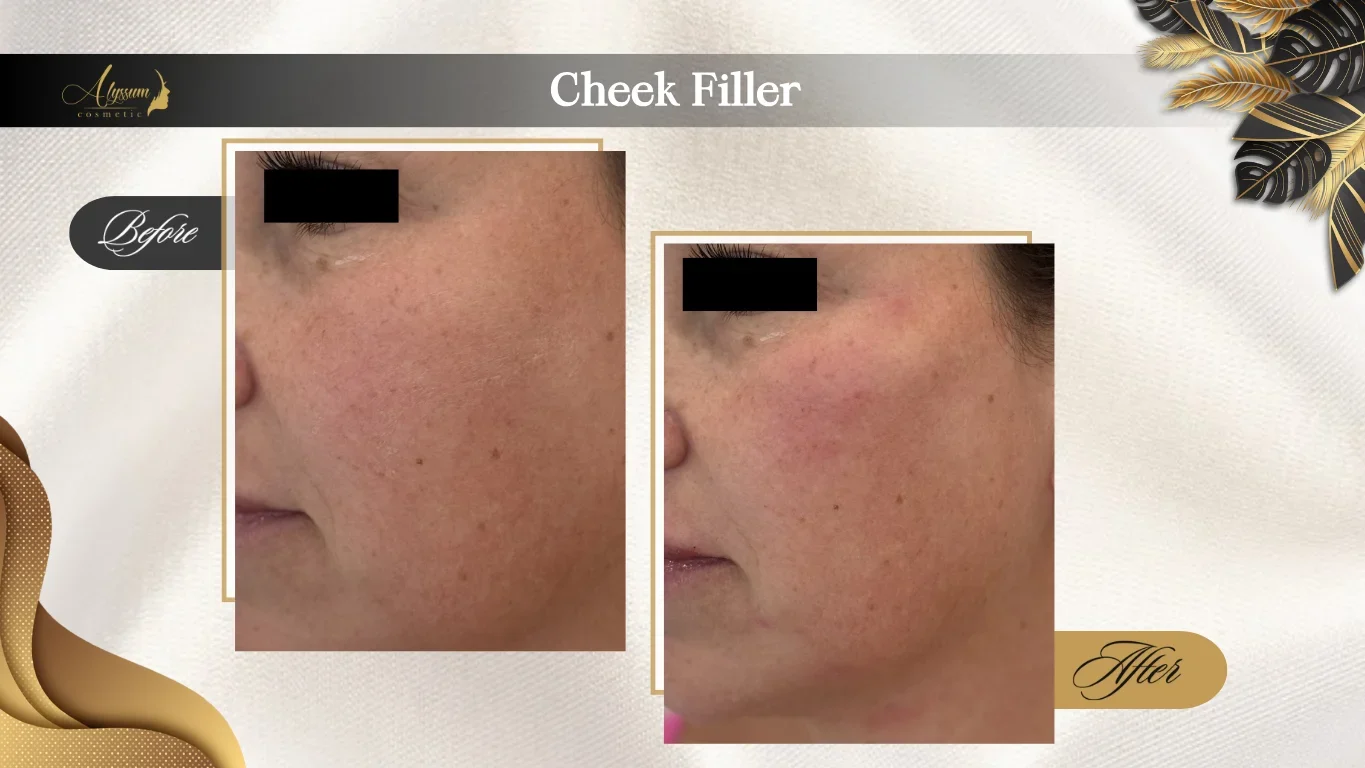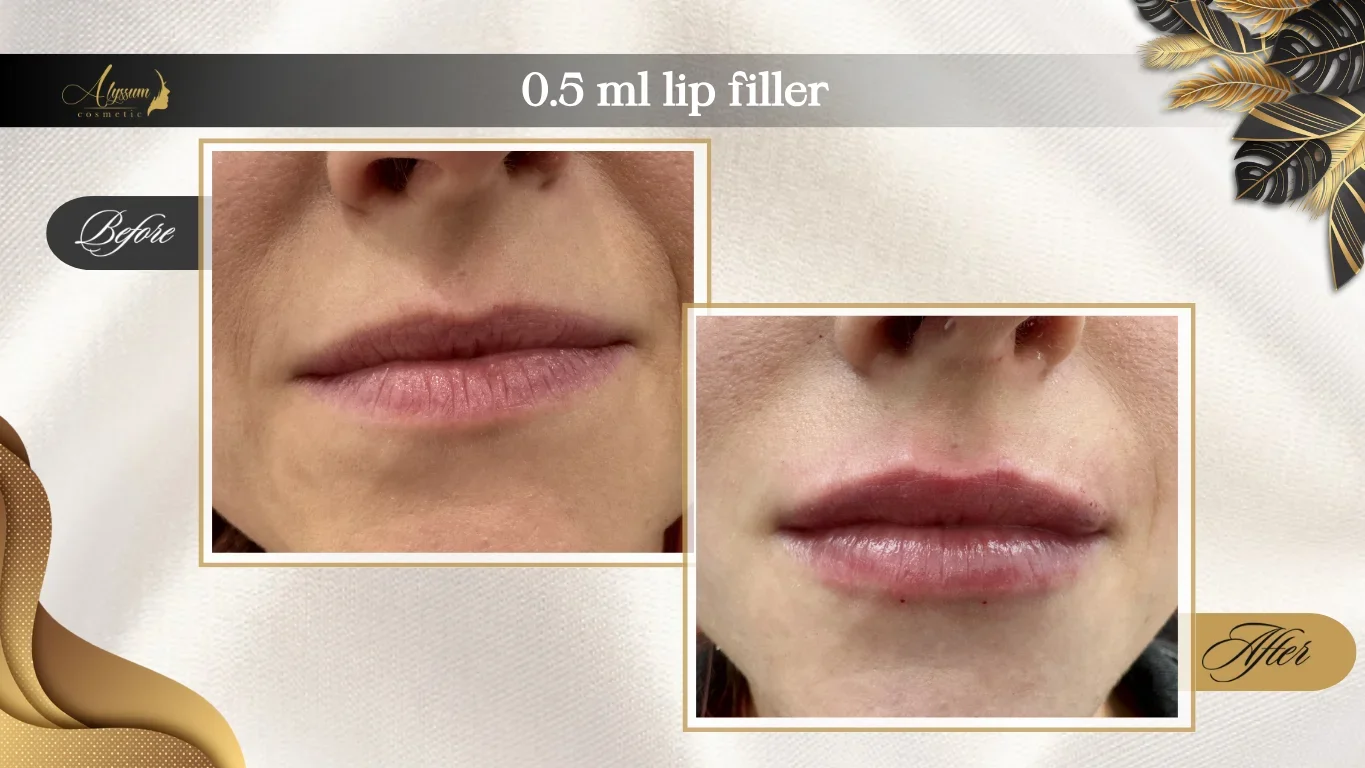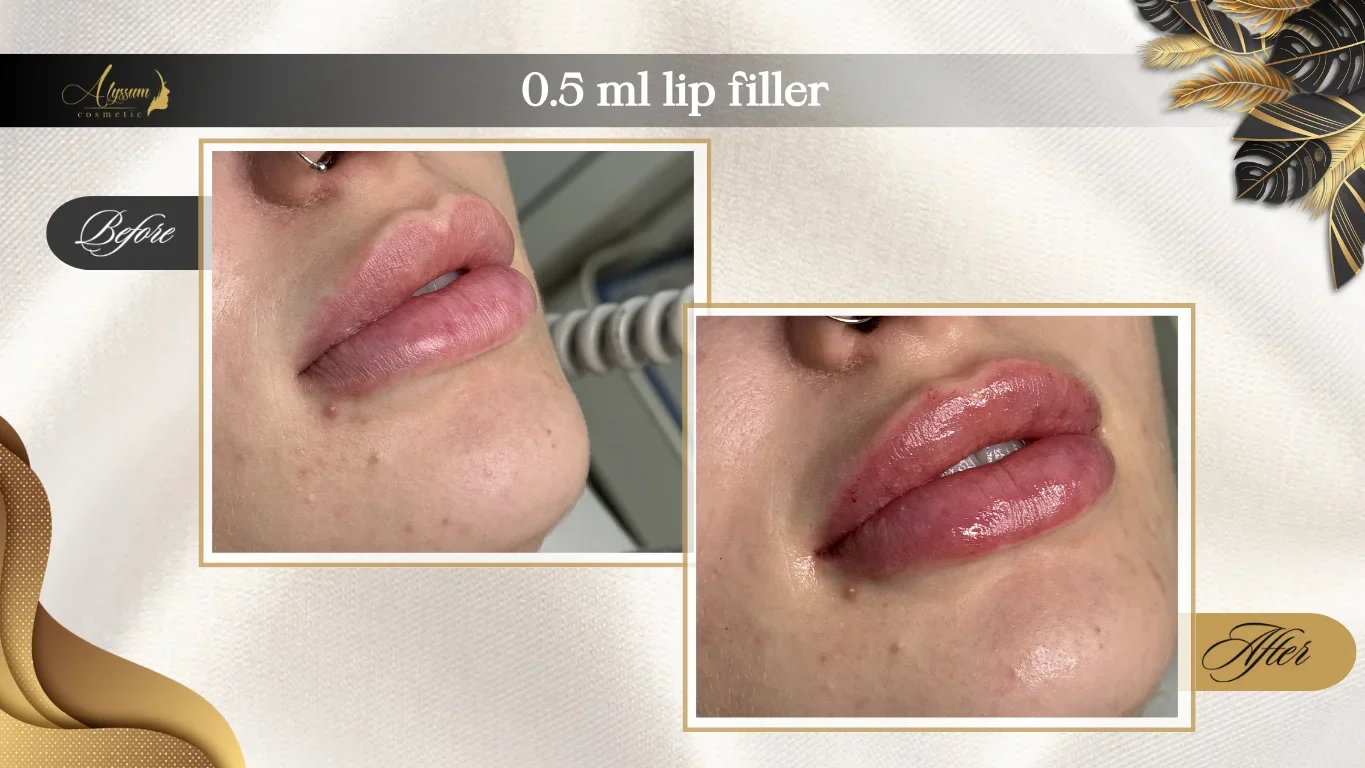Dermal fillers are a non-surgical cosmetic treatment used to smooth wrinkles, soften fine lines, and restore facial volume. This procedure helps enhance facial features and achieve a more youthful appearance.
The results are noticeable right away and usually last from several months up to a maximum of years, depending on the type of fillers used and injection sites.

Why Are Dermal Fillers Used?
As we age, our skin starts to lose collagen—an important substance in our skin that helps it rejuvenate—which results in skin laxity, sagging, and loss of volume.
People may choose to get fillers to:
- Smooth wrinkles and fine lines
- Plump up lips and cheeks
- Make facial features more symmetrical
- Add volume to sagging skin
Note: Some medication prescribed to treat some certain disease, such as HIV and AIDS, can cause thinness in the face. Thereby, people may choose to get fillers to restore their facial volume after taking these medications.


Different Types of Dermal Fillers
- Off-the-Shelf Fillers: These are made from materials and substances that are naturally found in our bodies.
- Autologous Fat Grafting: The healthcare provider removes fat from a part of your body and injects it into your face.
- Hyaluronic acid (HA): Hyaluronic acid is a substance naturally present in our body that keeps our skin hydrated and more voluminous. However, our body’s ability to produce hyaluronic acid decreases as we age. HA injections, such as Restylane®, are the best solutions to smooth fine lines and usually last between 6 months and 1 year.
- Calcium hydroxylapatite (CaHA): CaHA is a natural substance in our body that helps our skin appear more youthful. CaHa injection fillers, such as Radiesse dermal filler, are typically used for deep wrinkles, and the results last up to 1 year.
- Poly-L-lactic acid (PLLA): PLLA is a useful substance that helps our body to produce collagen. PLLA fillers, such as Sculptra®, are used for smoothing deep wrinkles, and the result can last up to two years or more.
- Polymethylmethacrylate (PMMA): PMMA fillers, such as Bellafill®, include collagen and small balls that remain in your skin after injection to help your skin volume and firmness.
What happens during and after getting filler injection in North York and Mississauga?
Before getting fillers and at consultation time, we carefully examine your face and neck and ask about your goals, expectations, and medical history, and, therefore, based on them, provide the best solutions.
During the procedure, using a thin needle, we inject small quantities of fillers under your skin and areas that need to be injected. The whole process can take a few minutes or up to an hour.
After the injection, we clean your skin and give you an ice pack to ease pain and swelling. Bruises, swelling, or discomfort are common side effects and usually subside quickly.
The results are noticeable right after getting injected; however, everyone’s results are different and depend on several factors, such as the type of dermal filler used.
Frequently Asked Questions
What are the advantages of dermal filler injections?
- The results are noticeable right after getting injected in many people.
- The whole process takes less than an hour.
- The recovery time is minimal because it’s a non-surgical procedure.
- Depending on the type of filler used, the results can last months to even years.
- More affordable option; it’s significantly less expensive than surgical procedures.
What are the risks of dermal fillers?
However, serious complications are rare, and like other similar cosmetic procedures, fillers can come with some risks, including:
- Asymmetrical appearance
- Bruising, redness, pain, swelling, and bleeding.
- Infection which can lead to necrosis—death due to infected skin—in severe cases.
- Numbness
- Rash and itching
- Pimples that look like acne
- Skin damage, which can cause scarring
- Creating lumps and bumps under the skin
Note: Serious problems after getting fillers are rare. If you experience problems with your eyesight, along with weakness, pain, or discomfort on one side of your body after getting injected, seek medical help immediately.
What is the recovery time after getting fillers?
Recovery time varies from person to person and depends on factors like:
- Your overall health
- The type of filler used
- The number of times you’ve had fillers injected
- Your own body’s response to fillers
Most people can get back to their routine lives right after getting a dermal injection filler. However, we recommend stopping rigorous exercise or physical activities for one or two days after getting fillers.
When should I see my healthcare provider about dermal fillers?
If you experience the following symptoms, call your healthcare provider immediately:
- Pain
- Non-stop bleeding
- Signs of infections, including fever, or redness and swelling at the injection site.
- Allergic reaction or anaphylaxis, such as difficulty breathing or shortness of breath (dyspnea).
What is better, Botox or dermal fillers?
All types of fillers, such as chin dermal fillers or lip filler injections, work by filling in static wrinkles (fine lines) to replace lost volume that occurs naturally as we age. Static wrinkles, or fine line, are created because our body’s ability to produce collagen decreases over time.
In contrast, Botox works by temporarily relaxing facial muscles, thereby preventing the formation of dynamic wrinkles and fine lines caused by muscle movement.
Each has a specific purpose. Your cosmetic provider examines your skin needs and, based on that, provides the best solution.



